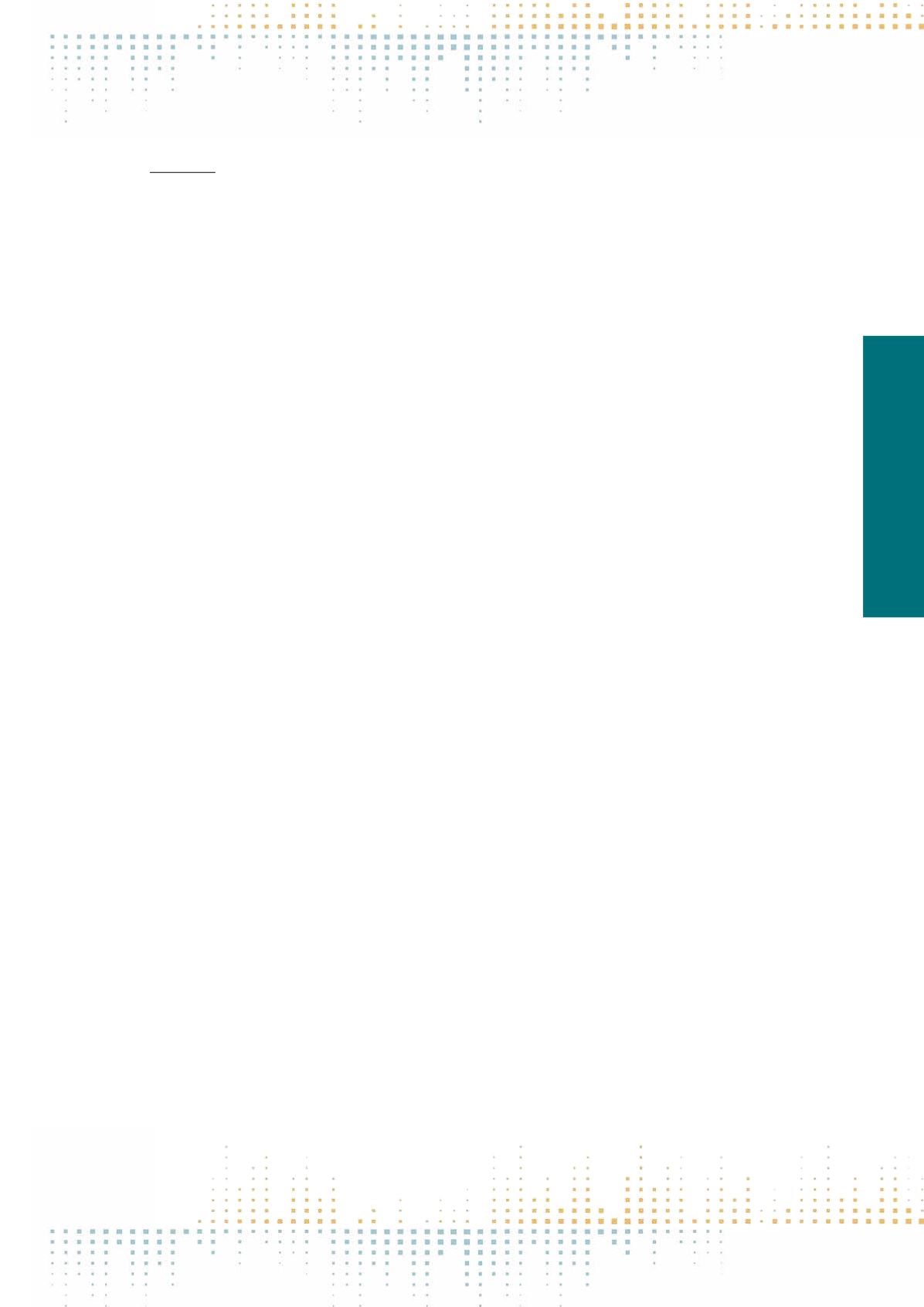

403
Saturday, November 12
0 9 : 0 0 – 1 0 : 3 0
PN 250
Studying Political Journalism in a Hybrid Media Environment
C. Nuernbergk
1
1
Ludwig-Maximilians-Universität München, Institut für Kommunikationswissenschaft und Medienforschung, München, Germany
The way that political news is produced is challenged by the rise of social media. The increasing social networking and microblogging activity is understood
to contribute to changing journalistic norms and practices (Lasorsa et al. 2012) and distinct social media repertoires have emerged over the past years
(Klinger and Svensson, 2014). Several dynamics are in play that change the relationship between politics, journalism, and the public“into an actual ménage
a trois”(Broersma and Graham, 2016: 90). Against this background, Chadwick (2013) illustrated how news-making assemblages in shifting constellations
are coming to play a greater role in a hybrid media environment. These assemblages consist not only of politicians and journalists; they also involve non-
elite actors such as political activists and amateur bloggers (as well as PR professionals), who all may intervene in the “political information cycle” (ibid.)
through timely interventions. In the case of journalists, Twitter is especially useful for one-to-one interactions on a micro-level as well as for immediate
public interactivity. It allows approaching sources almost instantly and offers a convenient way to circumvent spokespersons. In an information cycle which
requires continuous attention and sometimes to react quickly, this can be a major asset. Nowadays, journalists are inclined to incorporate social media into
their daily practice because they are facing their sources in a “multimodal communication environment” (Ekman and Widholm, 2015). Solely employing
traditional reporting methods would therefore not be sufficient anymore. Admittedly, in the digital era, this shift is also evoked by the fact that journalism
often lacks resources which are necessary to enable investigative reporting and which allow for critical scrutiny. With respect to mutual interactions be‑
tween journalists and sources I propose considering that the latter increasingly become media producers themselves.Their social media channels, especially
those of politicians, are not only changing quickly and much more dynamically than static press releases or traditional interviews; sometimes they even
mimic journalistic practices (Broersma and Graham, 2016). Twitter has turned into a space where meaning between journalists and politics is publicly
negotiated and also actively contested. Journalists themselves can be used as a source in order to promote the public agenda by propelling a news story
serving a politician’s interests. In this context, the concept of “mediatized interdependency” (Ekman and Widholm, 2015) is fruitful to characterize actual
power relations between journalistic and political actors. Twitter can be used for several practices of political reporting (monitoring, networking, interact‑
ing, sourcing, publishing, promoting, branding). But not all of these domains have been at the centre of scholarly attention, and the ways in which political
reporters interact with political actors on Twitter have not been systematically reviewed (Broersma and Graham, 2016). Against this background, my paper
illustrates these considerations regarding interactions between journalists and politicians with findings from two network analyses as well as with findings
from a parallel tracking of tweets composed by Members of the German Bundestag and Members of the German Federal Press Conference. The results show
a substantial representation of both groups in all networks.



















